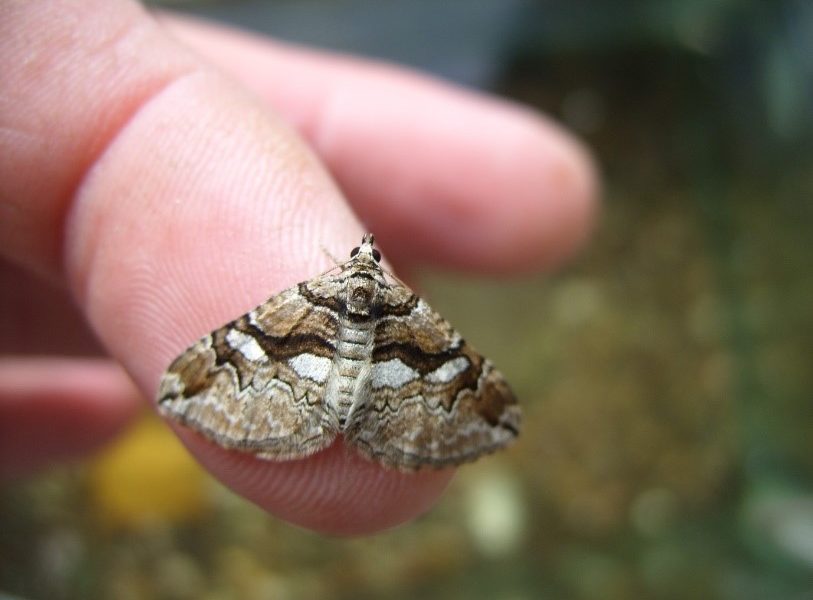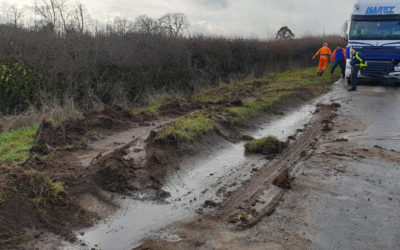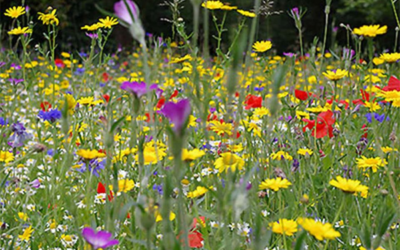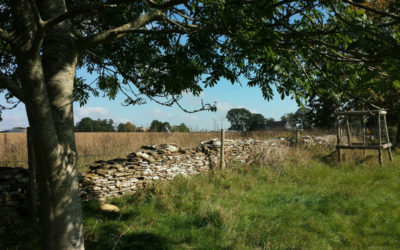
Did you know that one of Britain’s rarest moths, the Barberry Carpet Pareulype berberata, is living in your parish? It is believed to be reduced to only 11 populations in Britain and its’ stronghold is North Wiltshire. The Barberry Carpet used to be a far more common and widespread species in Britain but its’ sole food plant, Common Barberry Berberis vulgaris, was found to be a host of a wheat rust fungus in the past and it was removed from hedgerows. New rust-resistant varieties of wheat were developed so there is no longer an issue but the moth populations are now much reduced and at risk of extinction.
Thanks to Heritage Lottery funding, The Back from the Brink project has been launched by Natural England, providing funds to help conserve some of Britain’s rarest species, the Barberry Carpet being one of these. We are linking up the remaining colonies of the moth by planting more Barberry in the landscape – over 3000 bushes will be planted over the next 4 years. The moth is capable of dispersal but we want to ensure that new plantings are less than a kilometre from each other in order to provide plenty of new areas or ‘stepping stones’ between the existing colonies. Although wheat rust in no longer an issue, our new planting locations should be situated at least 20 metres from arable crops so that we can be sure our plantings won’t affect crops should new strains of wheat rust ever reach the UK.
If you would like to lend your support or having planting locations in mind, the Project Officer Fiona Haynes would be very happy to hear from you. Barberry is an attractive plant with red berries and attractive autumn colours. The bushes grow slowly and ideally need some aftercare so that they don’t get swamped by competing vegetation. They do have spines like their cultivated cousins, and left to grow large they can reach 7 or 8 foot tall in hedgerows but it is possible to keep them much smaller. It is not just the Barberry carpet moth that will benefit as many other species including birds and small mammals feed on the berries and there are other rarities such as the Scarce Tissue moth that feed on the leaves.
Fiona Haynes can be contacted on 07483 039323 or at fhaynes@butterfly-conservation.org
If anyone is interested in taking 2-3 bushes (per household) please get in touch with Richard George via



